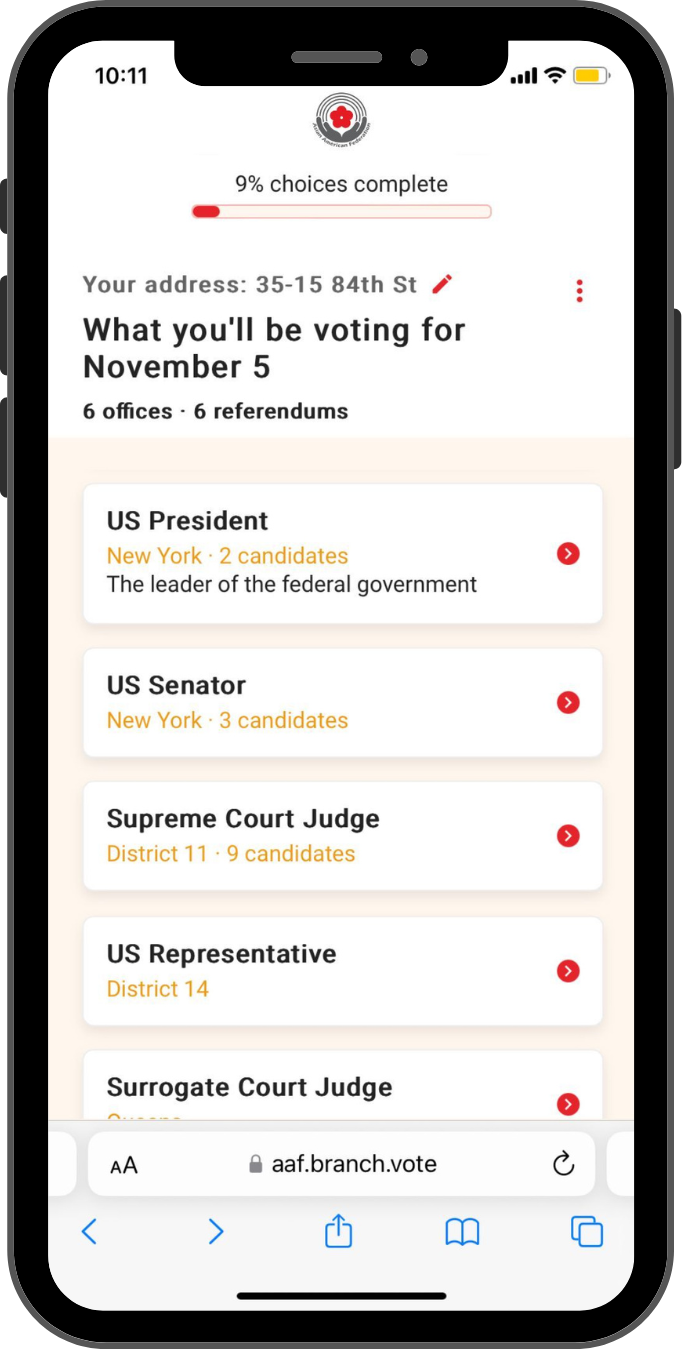10 out of 11 New Council Members Represent Growing Asian Populations
New York City: As New York City welcomes 11 new and 40 returning members of our City Council for the new legislative year, the Asian American Federation is releasing a briefing paper that details the Asian population, ethnic breakdowns and the major Asian languages spoken in each of the 51 Council Districts. This briefing paper is an update of the one released last August.
The key findings of the briefing paper highlight the significant opportunities and challenges of increasing civic engagement in the Asian communities of New York City:
Of the 11 newest City Council Members, 10 have growing Asian populations in their district, ranging from a four percent increase in District 2 in Manhattan to an 85 percent increase in District 41 in Brooklyn. Only District 28 in Queens experienced a one percent decrease in the Asian population.
Asians represent a large share of the citizen voting-age population. District 20 (which includes Flushing, Murray Hill, and Queensboro Hill) already has an Asian-majority citizen voting-age population. Twenty other districts have more than one in 10 voting-age citizens who are Asian. Despite their increasing numbers, Asians have not yet fully engaged in the civic life of the city.
Disaggregating overall Asian data is important to reveal the different settlement patterns of Asian ethnic groups. Different districts have different concentrations of Asian ethnic groups. From Southeast Asian and Bangladeshi communities in Bronx Council Districts to the Korean community of northeastern Queens, disaggregated data allows for better targeted constituent services and civic engagement strategies.
The diversity of Asian languages spoken in the city is a particular challenge when reaching out to the community. Knowledge about the Asian languages spoken in each City Council District allows city council staff to identify which languages require the most support in a particular district. It also allows organizations dedicated to increasing Asian civic engagement to identify where language resources are needed.
Download the briefing paper at: www.aafederation.org/cic/briefs/2018citycouncilbrief.pdf.
The Asian American Federation works to raise the influence and well-being of the pan-Asian American community through research, policy advocacy, public awareness, and organizational development. Established in 1989, AAF supports over 40 Asian American community service agencies, which work to meet the critical needs of the fastest-growing population in New York City. For more information, please visit www.aafederation.org.
CONTACT: Howard Shih
2123445878, Ext:219
howard.shih@aafederation.org
